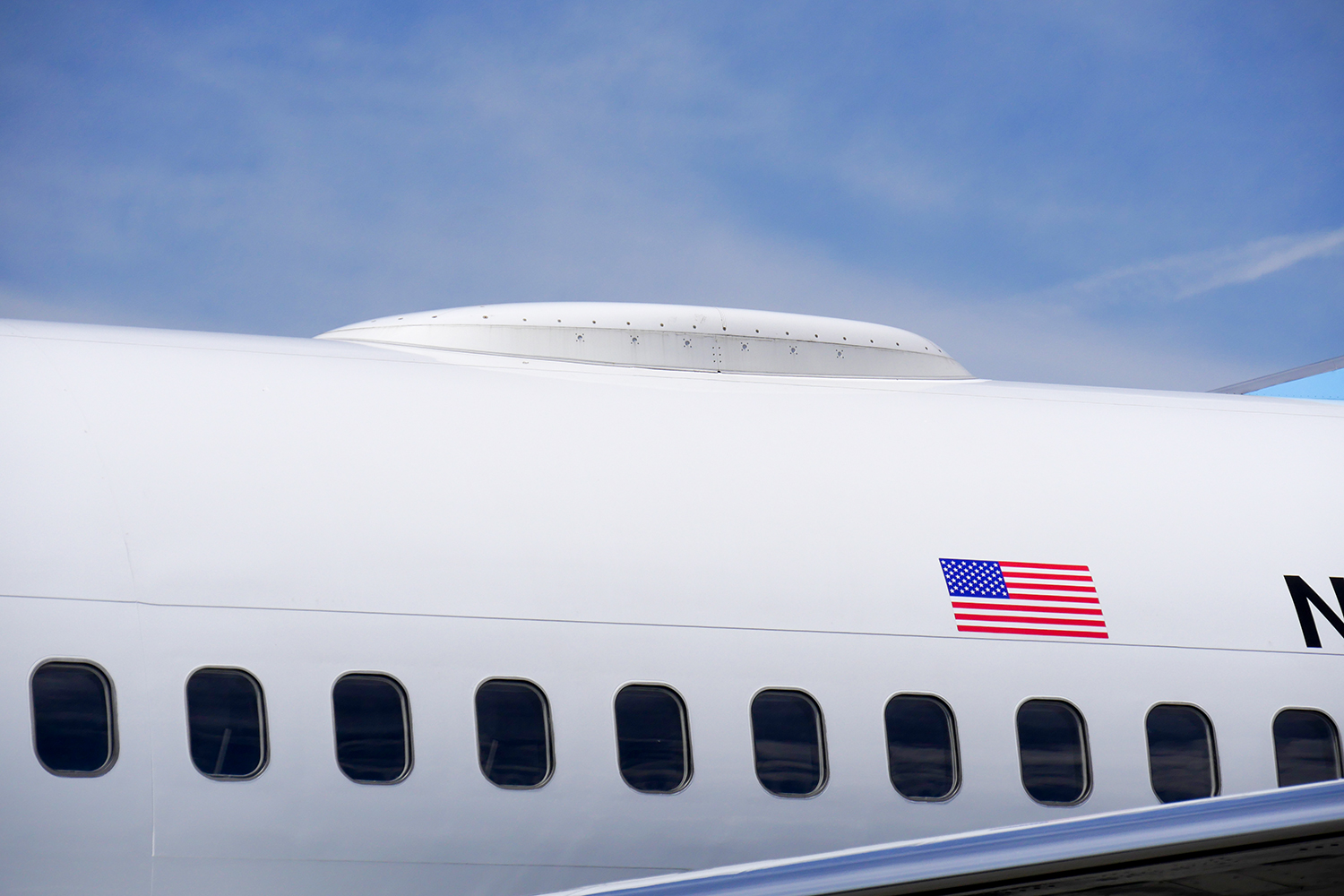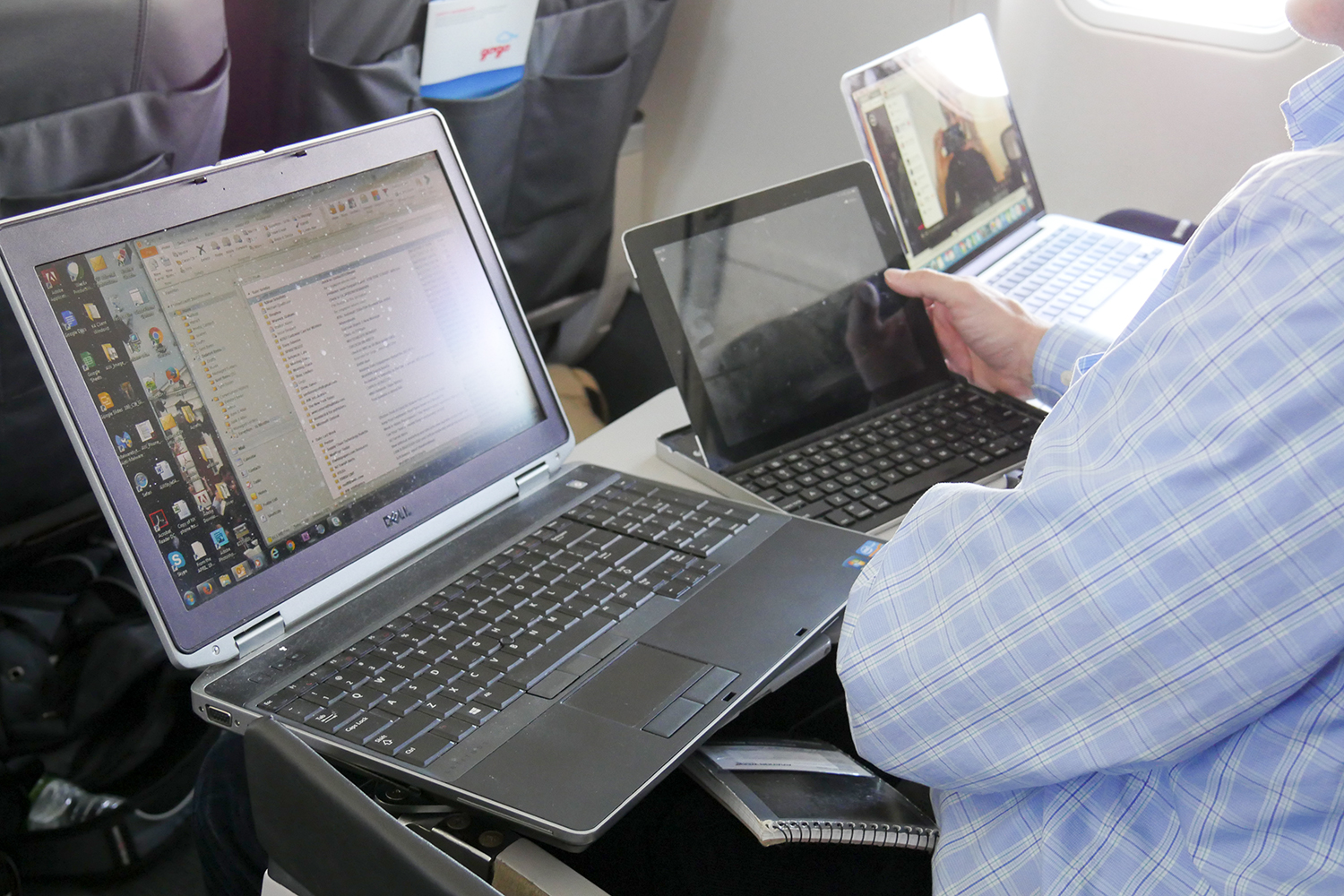Gogo, the internet service provider with about 70 to 80 percent of the in-flight Wi-Fi market, has changed the type of satellite it’s using for your connection as well as how it uses that signal. The company says users will now see double the performance compared to its current top tier in-air service.
When flights first started offering internet connections, they were getting a signal from Air-to-Ground systems, meaning flights grabbed data as they passed cell towers on the ground. The speeds on those flights would make you pine for the days of your AOL dial-up connection. Within the last few years, Gogo’s competitors, such as ViaSat, Panasonic, and Inmarsat, began launching satellites offering better speeds and coverage. To retain its hold on the market, Gogo launched its own satellites and a service called 2Ku back in 2015. About 170 planes on several airlines were outfitted with 2Ku systems, including Delta, British Airways, Virgin Atlantic, and Air France. About 1,600 more planes are scheduled to also get the upgrade. Those 2Ku systems, being used today, offer at best a 15mbps download speeds per seat.
But Gogo said it now has a new high-throughput Intelsat satellite plus a new next-generation modem to further help with speeds. The company claims each plane now gets 100mbps of download speeds, or roughly 30mbps per seat. That’s plenty for streaming anything from full-length movies on Netflix to your favorite playlist on Spotify. We experienced some lag logging into those services — for example, on a test flight we noticed each page or service took as much as 30-seconds or so before fully loading. Once locked in though, everything looked and sounded as you would expect with any high-speed connection.
Gogo will start upgrading the current 170 2Ku planes the second half of this year. It says it’s working with airlines to figure out how best to alert passengers which flights will have the higher speed internet connections.


















